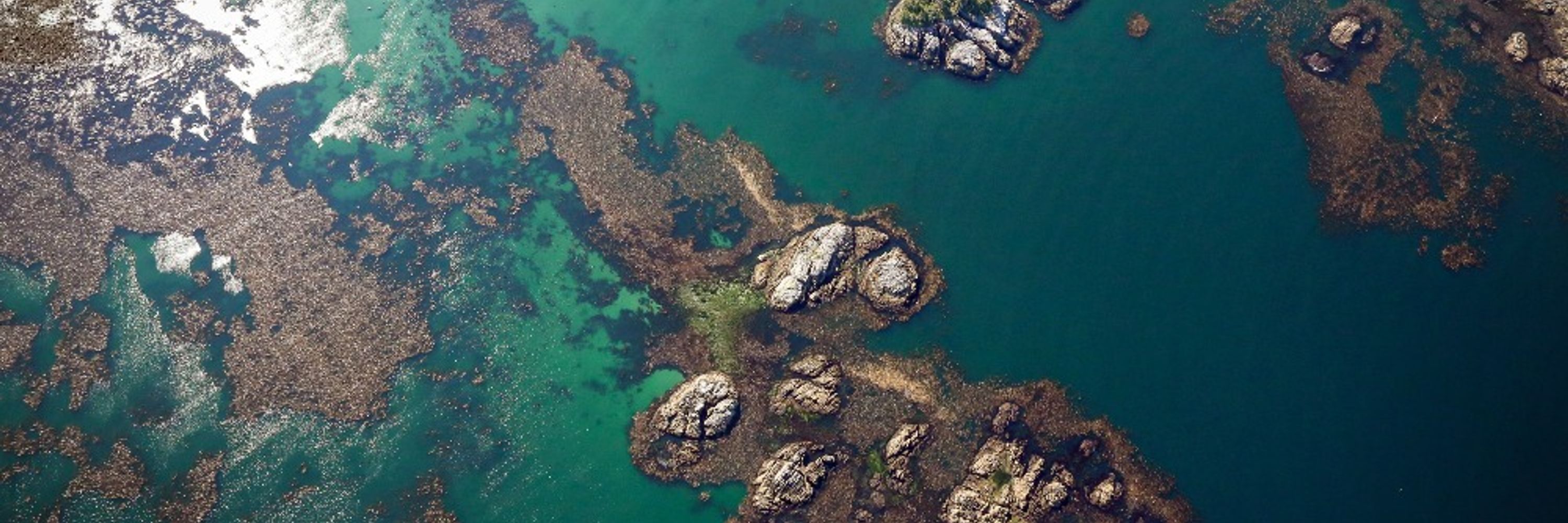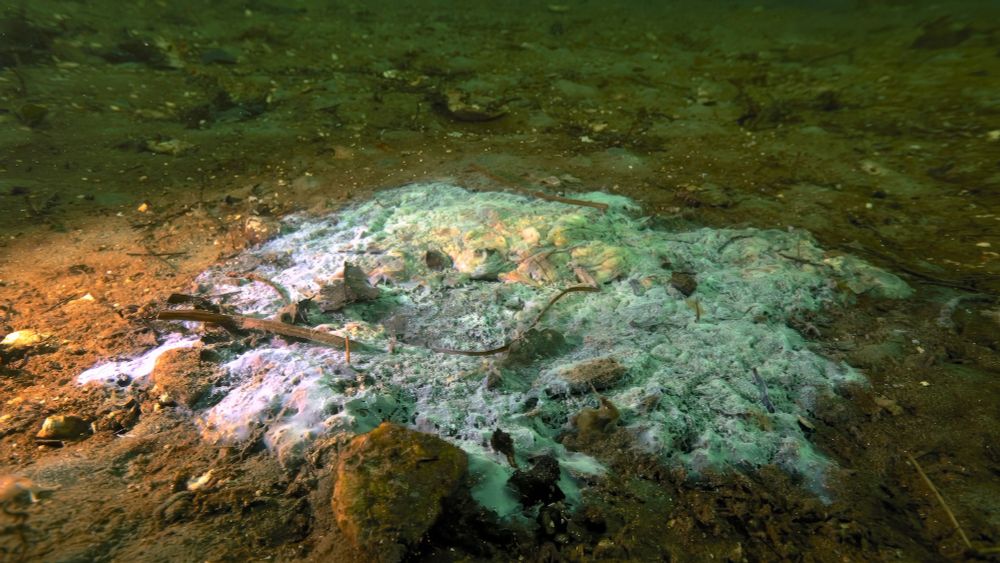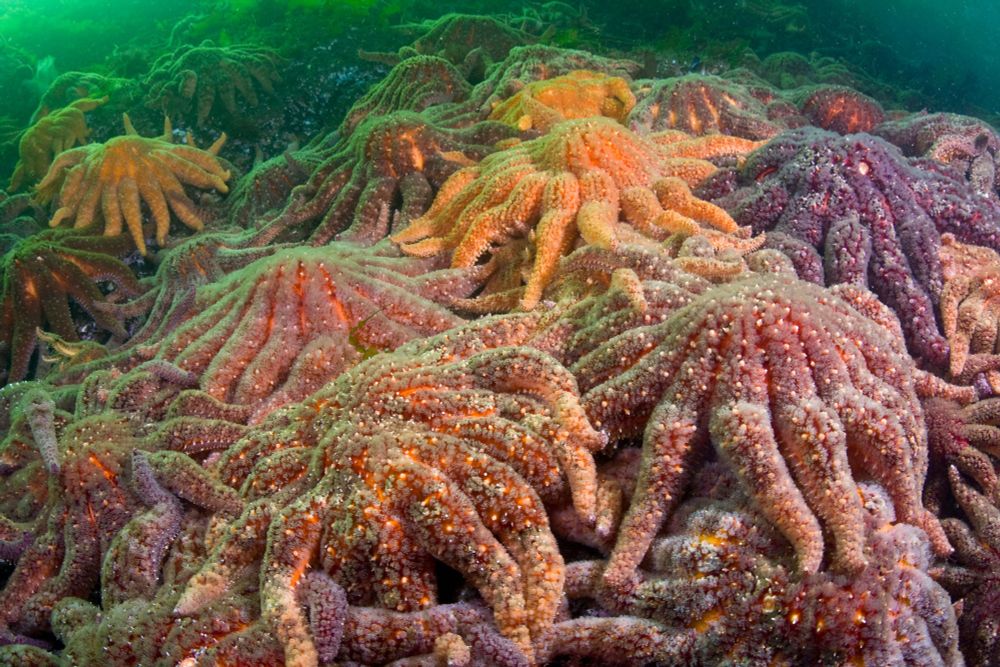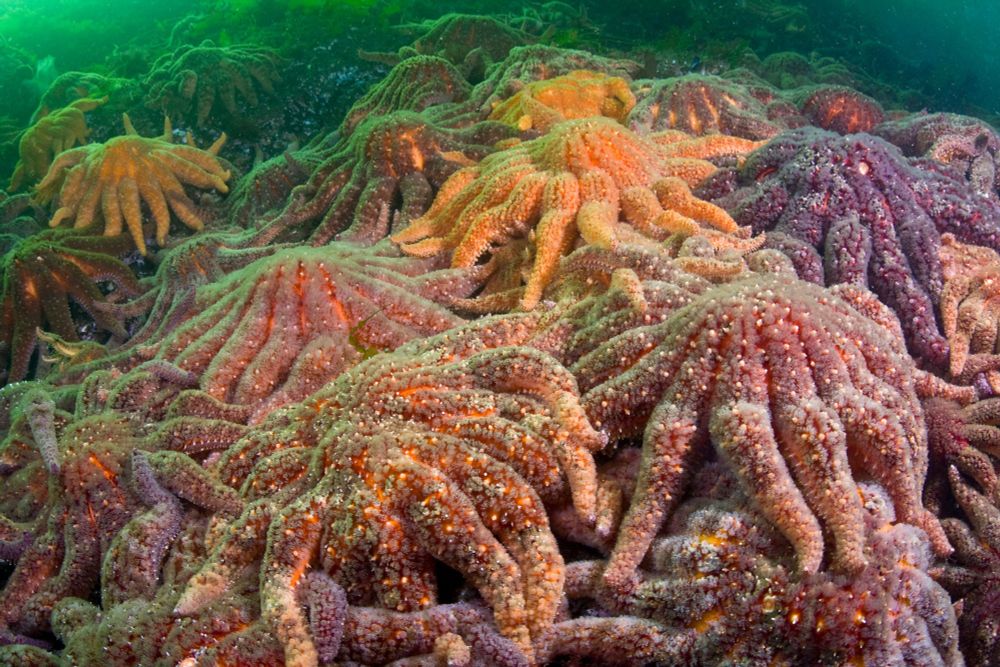Hakai Institute
@hakai.org
2.4K followers
210 following
94 posts
Scientific research institution on the coastal margin of British Columbia, Canada | Part of the Tula Foundation
Posts
Media
Videos
Starter Packs
Pinned
Reposted by Hakai Institute
Reposted by Hakai Institute
Hakai Institute
@hakai.org
· Aug 28

Threat of oxygen-poor 'dead zones' surfacing on BC central coast
Half of the seafloor in BC's Queen Charlotte Sound could be oxygen deprived by mid-century due to climate change, with potentially nasty ripple effects for marine life and fisheries, a new study shows...
tinyurl.com
Reposted by Hakai Institute
Reposted by Hakai Institute
Reposted by Hakai Institute
Edward Gregr
@ejgregr.bsky.social
· Aug 5

Vibrio pectenicida strain FHCF-3 is a causative agent of sea star wasting disease - Nature Ecology & Evolution
The causative agent of sea star wasting disease has been elusive. This study used genetic datasets and experimental exposures to demonstrate that a strain of the bacterium Vibrio pectenicida caused di...
www.nature.com






























